Introduction:
In the realm of conservation, success isn’t just a matter of passion; it’s a matter of numbers. Imagine a simple calculation: 20+40+40+100=200. While I may not be a mathematician, even these straightforward computations reveal the essence of community-based conservation. In this blog, we delve into the crucial role of financial sustainability in creating thriving Wildlife Management Areas (WMAs) and explore why the numbers game is the cornerstone of success.
The Heart of Honeyguide:
At Honeyguide, our mission revolves around making Wildlife Management Areas (WMAs) not only exist but thrive as community-owned and managed areas. These areas, referred to as WMAs, embody the ideal of sustainable wildlife management. We build the governance and management of community-owned protected areas so they thrive as social enterprises benefiting both people and wildlife. But we have to understand that we do not expect to be around forever; we do not want these WMAs dependent on us, so we need to include the element of sustainability in our model. Why is sustainability so vital, and what does it truly entail?
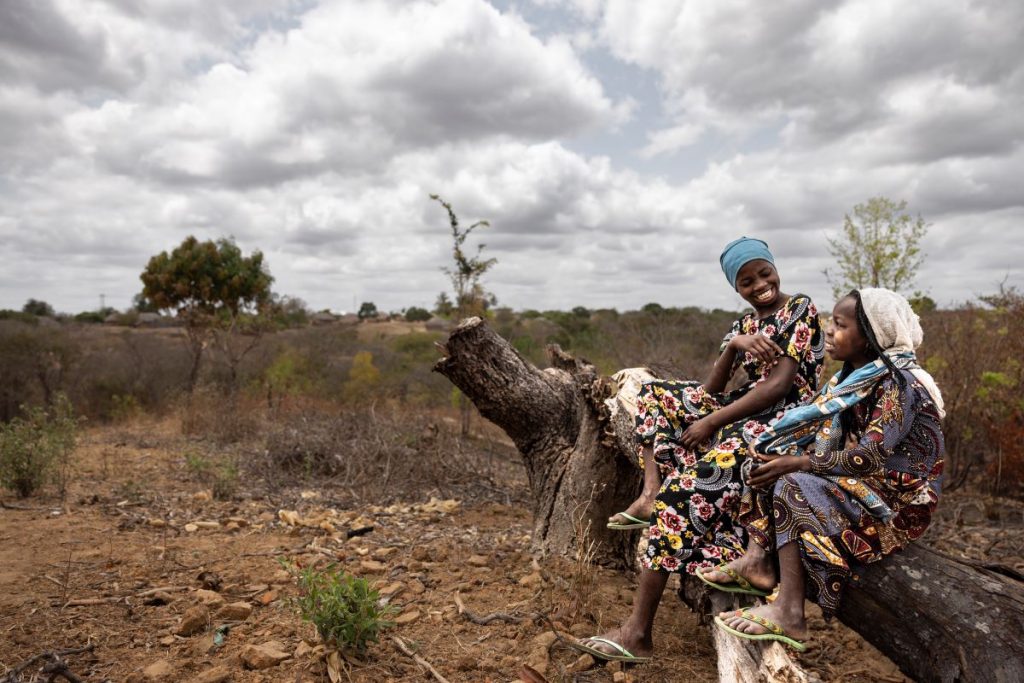
Understanding the Challenge:
Our focus is on making WMAs viable within local communities that already have a ton of challenges in their daily lives. The notion of safeguarding wildlife, the very animals often seen as threats to local livelihoods, where wildlife raid farms and eat crops and kill livestock, may not rank high on their list of priorities. Thus, as we design community-based conservation models and present them to local populations, it becomes our moral imperative to ensure the success and sustainability of our concept. If we bring conservation to the table, we must back it with a fail-safe model that minimizes risk for our local partners, where we are delivering solutions and not additional problems to their lives.
Decoding Sustainability:
According to the “University of Alberta: What is sustainability?” (www.mcgill.ca.) Sustainability means meeting our own needs without compromising the ability of future generations to meet their own needs. In addition to natural resources, we also need social and economic resources. Sustainability is not just environmentalism. Embedded in most definitions of sustainability, we also find concerns for social equity and economic development. In the wildlife conservation world, the concept of sustainability, though complex, is driven by the preservation of wildlife and their habitats. This inherently involves the sustainable utilisation of natural resources. However, for a community-driven initiative, it must yield value for the local people; without that, what’s the point? Yet, let’s be honest here: Money is the catalyst. Without financial support, dreams remain aspirations.
Financial Independence: The Key to Success:
We must always keep in mind that a Wildlife Management Area (WMA) serves the local communities rather than our interests as donors. We must avoid establishing a relationship where the communities become dependent on donors. Our goal should not be to create a scenario where a donor’s departure leads to these WMAs’ financial collapse. As conservation organisations, we have a moral responsibility in community-led conservation to prevent this and not build unrealistic expectations or unsustainable models based on our aspirations.
Undoubtedly, the financial landscape has its vulnerabilities; unforeseen events like the COVID-19 pandemic can disrupt revenue streams. While there’s no foolproof conservation model, it doesn’t mean we can overlook the financial realities. Conservation is inherently linked to financial viability; progress without financial backing is severely limited.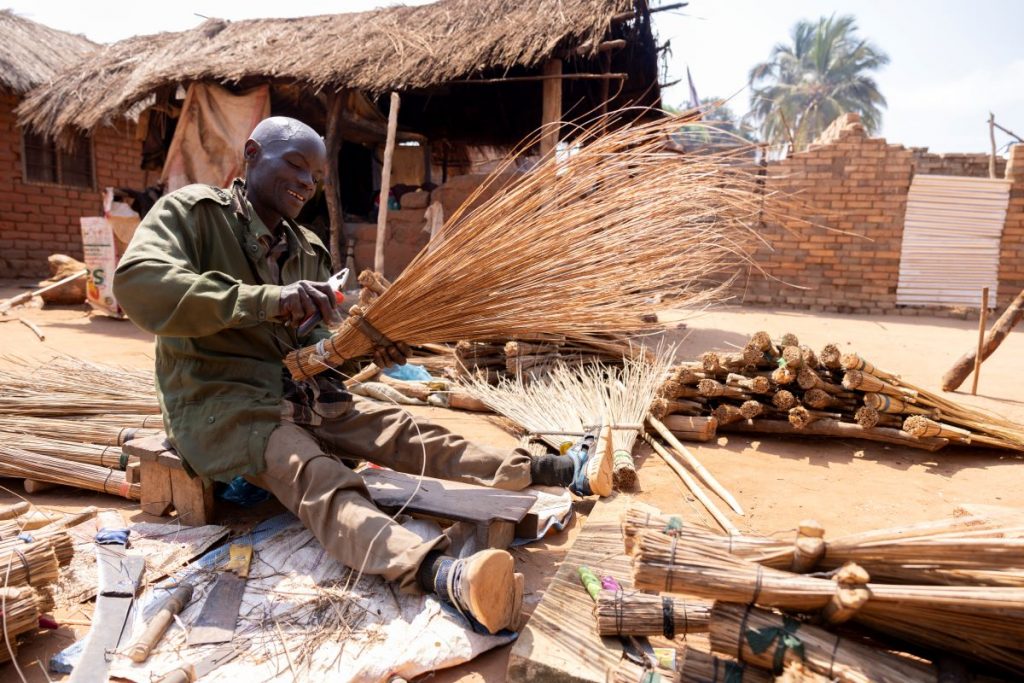
Bring on the numbers.
At Honeyguide, we envision WMAs as social enterprises. Like any business, revenue generation is imperative for survival. Prudent expense management is equally crucial; excessive costs threaten sustainability. Let’s examine the figures that underpin a thriving WMA. A community conservation area in Africa needs to generate at least $200,000 annually. In Tanzania, WMAs are mandated to allocate 50% of their revenue to the community and an additional 30% to the central government. This translates to a substantial $570,000 annual target. How did we arrive at $200,000?
Let’s dig deeper into the bulk of the expenses, these are ‘protected’ areas, so they will all have rangers, the go-to model for conservation. Rangers need help; they cost, they need salaries, uniforms, food, training, plus a bit more; add this all up, and an average ranger will cost about $4,000 a year. Rangers work best in teams, like a platoon of 10 with associated costs, that is, about 10 rangers; add a ranger post and a vehicle fuel and spares, and we will have racked up an annual bill of at least $50,000 per unit per year. So how many units are needed? Let’s not get into that now; we will write about that in a future publication; let’s just say that in this financial model; we assume the need for 2 units (a total of 20 rangers in two ranger posts) and a bill up to $100,000 per year.
Rangers (that costs $100k per year) without any management is a recipe for disaster, so we introduce the management team. The minimum is a general manager, an accountant and an office assistant. Add communications, travel, meeting expenses, and meals; we will quickly arrive at about $40,000 annually. As a social enterprise, where the local community are the owners or shareholders of the WMA; governance is essential if we want to involve the local people. We will need a pot of funds to train the community leaders to understand their roles and provide good governance. Our experience is that this seldom comes to under $40k per year. Add that all up, throw in a little bonus budget ( let’s say $20k) for actions to address the Human-Wildlife conflict, the minimum that communities can expect, and we arrive at a total of $200k. In the Tanzanian context, to generate the needed $200,000, the WMAs must share 50% of revenues with the local community and allocate 30% to the government. Reverse-engineering the equation, the WMA must generate $570,000 (equivalent to $1,561 per day) in order to cover the $200,000 operational costs.
If you are set on establishing a community conservation area, heed this lesson: Ignoring these financial dynamics spells inevitable failure. With your business acumen, two strategies emerge, cost reduction and revenue generation. While we, at Honeyguide explored avenues to minimise management and governance costs, such attempts have only led to marginal savings. Maintaining capable management might be more beneficial, aiding investor attraction and effective business operation. Similarly, reducing governance costs substantially risks compromising the oversight and communication vital for a community-driven model.
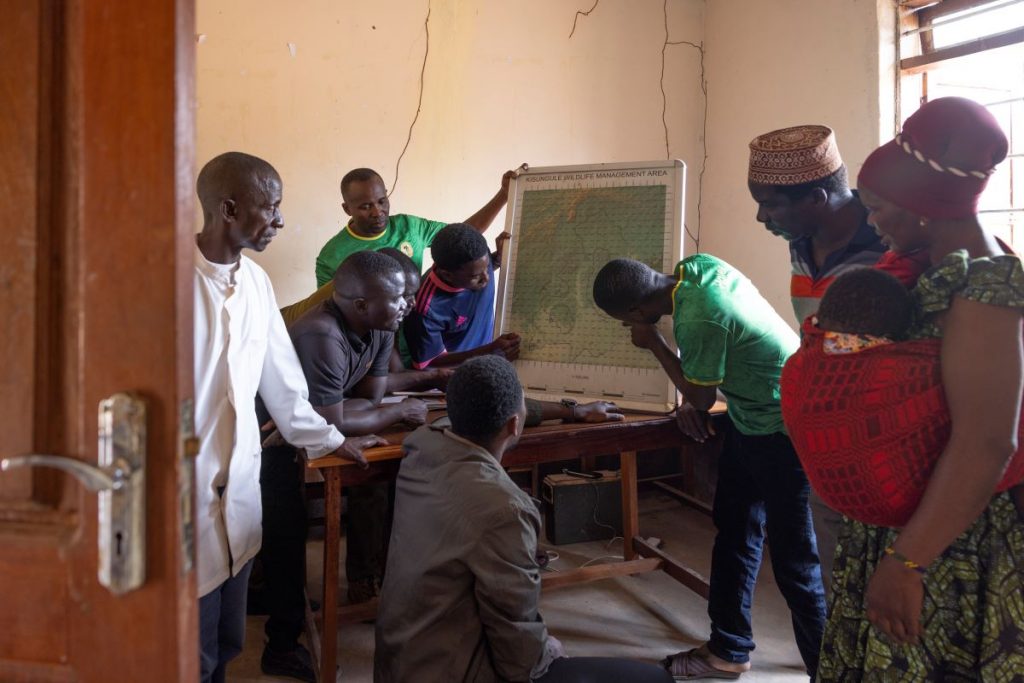
A New Paradigm for Protection:
Achieving substantial cost savings is not an unreachable goal. Protection accounts for a significant share of operational budgets, prompting us to explore alternatives beyond conventional ranger-based methods. The quest for effective yet budget-friendly strategies has gained paramount importance. The spectrum of protection costs can be remarkably wide-ranging. In certain regions, safeguarding an area might amount to $800 – $2,000 per square kilometre. However, in the context of community-protected areas, we’ve observed cost fluctuations in the range of $270 to $350 per square kilometre. A shining example is the Makame Wildlife Management Area (WMA), where the power of community involvement has proven its potential by driving down expenses to as low as $23 per square kilometer. This success hinges upon investments in cultivating community support and maintaining a lean team of dedicated rangers.
Let’s delve into the numbers. Spanning nearly 4,000 square kilometers (equivalent to 1 million acres), Makame serves as an illustrative case. Traditional ratios dictate that deploying 1 ranger per 25 square kilometre, would necessitate approximately 160 rangers or 15 units in Makame. Assuming a conservative annual cost of $50,000 per unit, this projection would entail an expenditure of $750,000 dedicated solely to protection, even considering the lower end of protection expenses. Makame’s protection strategy thrives on active participation from the local community, underpinned by investments made by the WMA. This communal commitment to safeguarding their territory has yielded substantial returns. There are only 25 rangers in Makame, they have reduced poaching by 93% between 2019 and 2022. These rangers are fully integrated into the fabric of the community, and receive valuable intelligence on illicit activities within the area.
Another dimension to consider is the value of the involvement of the local Makame populace, primarily composed of pastoralists. Their daily traversals through the landscape, accompanied by livestock, foster a unique vantage point. In Makame’s population of 9,000 residents, let’s conservatively estimate that 1,000 are herders who vigilantly monitor the woodlands for any signs of wrongdoing. This vigilant cohort readily shares any suspicions with the ranger team. Crunching the numbers again, this potential alliance – 1,000 herders akin to patrolling rangers – translates to approximately 100 patrol units. Back to the calculator again, these 100 units would cost the WMA (100x $50,000) to employ them, meaning their efforts are worth $5 million! It is a play with numbers, yet this is important.
Bringing communities on board:
Since 2015, through tourism revenues, Randilen WMA has collected and shared with their member communities over $555,000 as revenue distribution ( that 50% share we mentioned earlier). These funds have been instrumental in catalysing improvements in local schools, healthcare facilities, and the provision of scholarships across its eight member villages. The positive impact of Randilen’s endeavours extends further. Thanks to the establishment of dedicated ranger units within the sprawling 312 km² expanse of Randilen, incidents of poaching and retaliatory killings have been effectively curbed. This achievement attests to the commitment of the community to safeguard their natural environment and the vitality of the local wildlife.
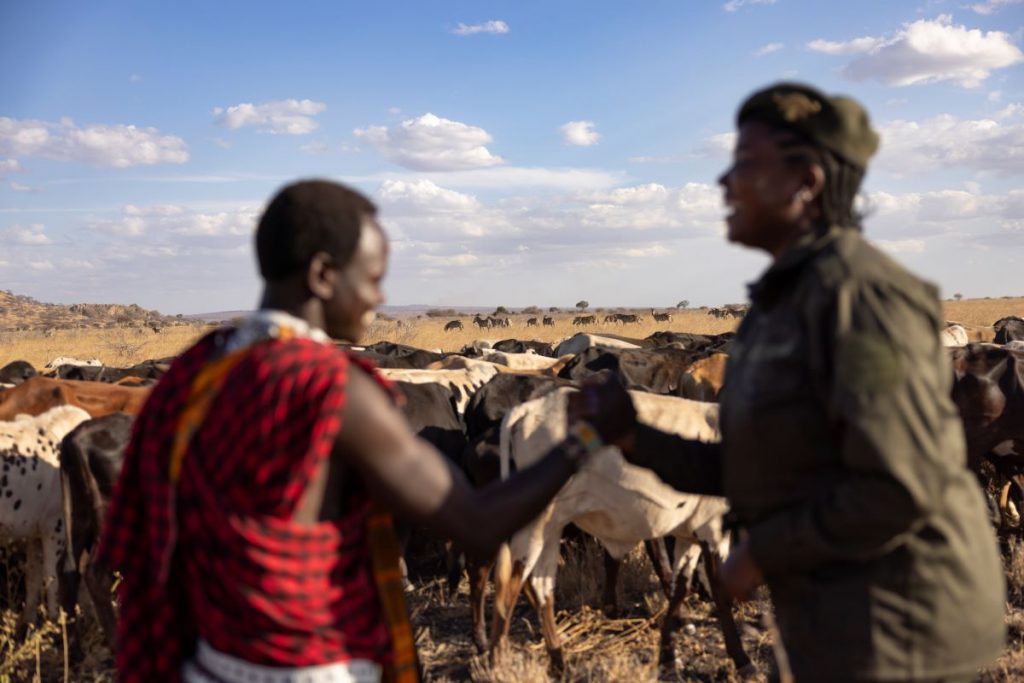
Drawing a parallel with the success of Makame, an impressive 87.6% of the local population has expressed their trust in the governing authorities of Randilen WMA, underscoring the symbiotic relationship between the community and the management. An even more substantial statistic emerges, as a staggering 92% of respondents affirmed their sense of inclusion in the governance structure of the WMA. This remarkable inclusivity speaks volumes about the efforts to ensure every community member’s voice is heard and considered. In the realm of conservation trade-offs, the majority of survey participants echoed a sentiment of positivity, with 75.4% attesting that Randilen WMA offers more benefits than costs. This resounding vote of confidence underscores the comprehensive approach taken by Randilen, where proactive measures, such as investments in crop protection strategies, have been implemented to mitigate potential drawbacks. Moreover, the provision of access to the WMA as a dry season grazing area signifies the commitment to ensuring equitable distribution of resources and services to the local populace. These results were captured in Justin Raycrafts’ study and written up in Tarangire: Human-Wildlife Coexistence in a Fragmented Ecosystem; Ecological Studies is Springer’s premier book.
Pursuing Revenue Streams:
When envisioning revenue generation, pragmatic strategies are essential. While valuable, ventures like beekeeping or crafts often fall short of generating the required $1,500 daily. Photographic tourism, tourism hunting, and carbon offsetting hold more potential. However, relying on a single lodge or concession may not suffice; multiple sources may be necessary to meet revenue targets.
The exact model or mix of business streams will largely depend on the resources available and the location of the WMA. Any conservation within a tourism circuit, be it in Serengeti, Maasai Mara, or wherever they are situated near a brand name, should be able to attract the beds and occupancy levels to sustain a regular flow of tourists. Randilen is a photographic tourism area; it aims to have over 332 beds ( in 9 camps), with an average of 28% occupancy rates across all properties will generate the WMA $731,000 per year to provide the WMA $237,000 for their operational costs ( after the revenue sharing). However, many community areas do not have access to photographic tourism; they need to employ far more creative approaches to securing revenue, including tourism hunting or carbon or both, to generate the revenues necessary to sustain such large areas of natural habitat.
Conclusion:
It is probably easier just to ignore all those numbers. In the realm of community-based conservation, numbers dictate success or failure. The equation is simple: 20+40+40+100=200. We must meticulously analyse these numbers before venturing into the broader landscape of conservation work. Remember, every successful initiative begins with a solid financial foundation. It’s a numbers game, but communities, wildlife, and conservation thrive together when we get it right.
Photo credits: Monica Dalmasso

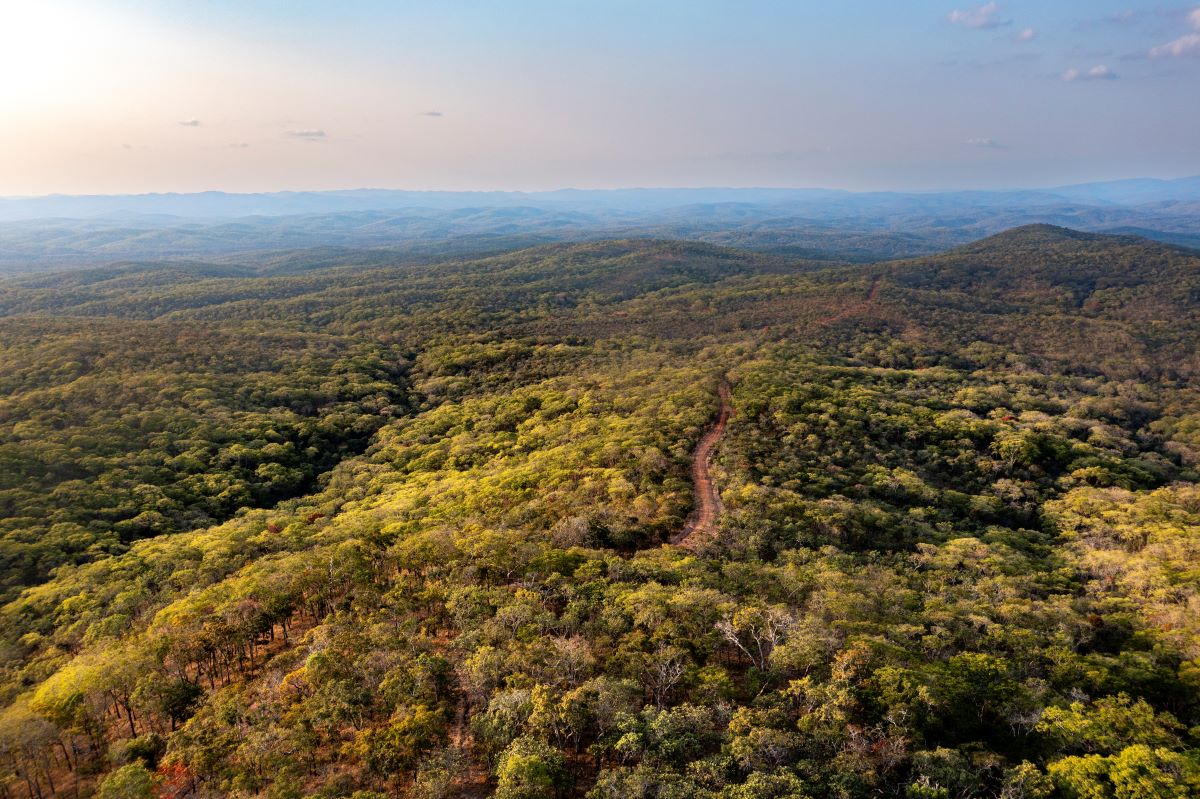
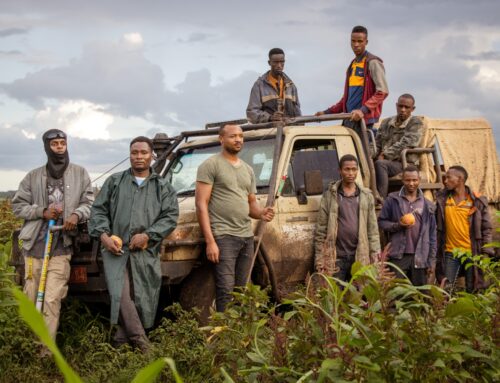
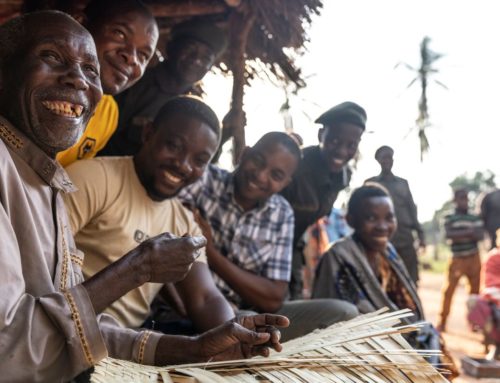
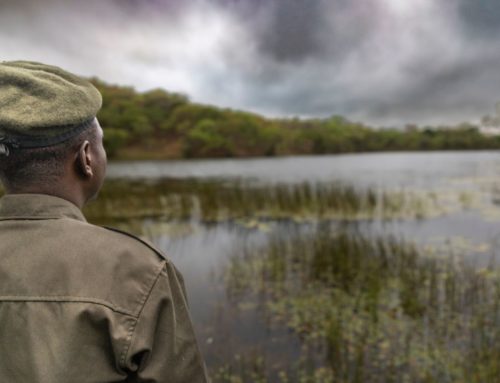
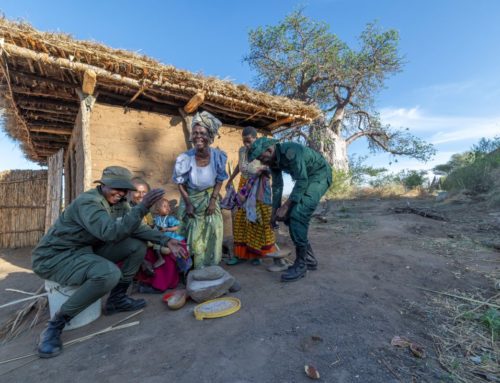
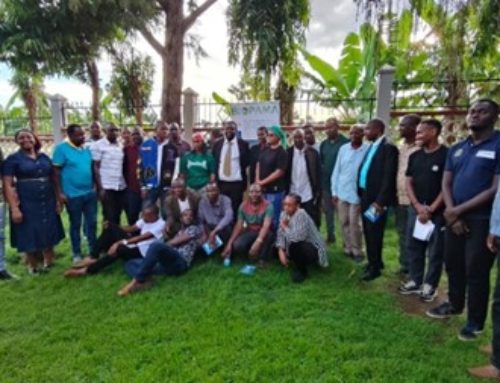
Leave A Comment